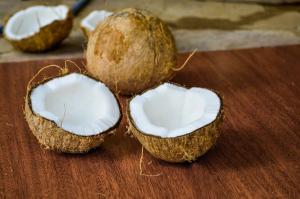How Does a Sewage Treatment Plant Work?
Introduction
Sewage treatment plants are responsible for removing pollutants and contaminants from sewage before it is released back into the environment. These facilities are essential for maintaining clean and healthy water resources. But how does a sewage treatment plant work?
Preliminary Treatment
The first stage in the sewage treatment process is preliminary treatment. This is where large objects, such as branches or rocks, are removed from the wastewater so that the treatment process is not impeded. The wastewater is then screened to remove any smaller materials such as leaves or paper.
Primary Treatment
After preliminary treatment, the wastewater enters the primary treatment stage. Here, the sewage is held in large tanks and allowed to settle. Heavy solids sink to the bottom while lighter materials, such as oils and grease, float to the top. The settled solids, called primary sludge, are removed and further treated.
Secondary Treatment
In the secondary treatment stage, the remaining wastewater is treated to remove smaller particles and organic matter. Bacteria and other microorganisms are added to the wastewater to break down the remaining organic matter. This is usually done by aerating the water or providing an environment with oxygen to encourage bacteria growth. Once the microorganisms have done their work, the wastewater is then allowed to settle again, and the treated water is separated from the remaining sludge.
Tertiary Treatment
For some wastewater, a third stage of treatment, called tertiary treatment, is needed to remove any remaining contaminants. During this stage, the water is run through filters, where the remaining fine particles and pollutants are removed. Chlorine or ultraviolet light may also be used to disinfect the water and kill any remaining bacteria or pathogens.
Discharge
Once the treated wastewater has undergone all the necessary stages of treatment, it is then released back into the environment. Some treatment plants release the treated water into rivers, while others use it to irrigate crops or wetlands.
Conclusion
In summary, sewage treatment plants are complex facilities that play a critical role in maintaining clean and healthy water resources. From preliminary treatment to tertiary treatment, each stage of the process plays a crucial role in removing pollutants and contaminants from wastewater. As our world continues to grow and develop, these treatment plants will play an increasingly important role in ensuring that we have access to clean and safe water.

 how many times do yo...
how many times do yo... how many planted tre...
how many planted tre... how many pine trees ...
how many pine trees ... how many pecan trees...
how many pecan trees... how many plants comp...
how many plants comp... how many plants can ...
how many plants can ... how many plants and ...
how many plants and ... how many pepper plan...
how many pepper plan...






























